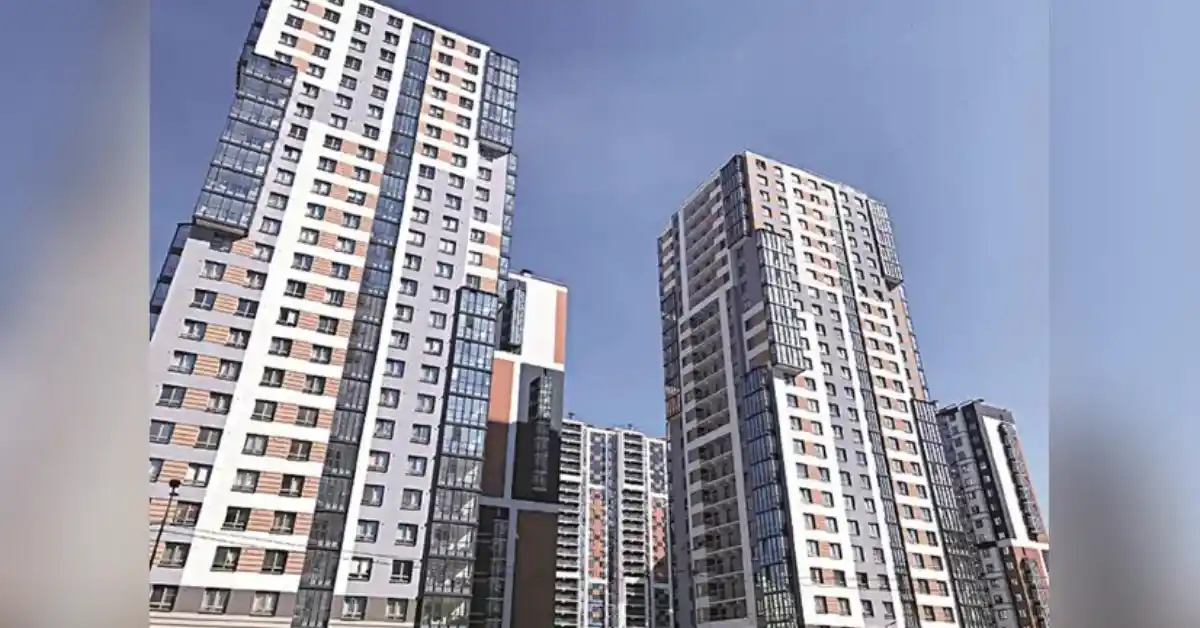Over the last few years, India’s urban skyline has been on the path of steady transformation. With residential real estate on an upward path across the country’s top seven cities, sales volumes are projected to rise by 5–7% in the coming fiscal year as per a recent CRISIL Ratings report, with average property prices tracking a similar climb.
“Behind the numbers lies a more layered story, especially in the National Capital Region (NCR), where emerging hubs are challenging legacy hotspots and infrastructure is shaping investment decisions more than ever before. The luxury and premium housing segments have stepped into the foreground. Once a niche, this category now accounts for the majority of the new launches,” says Mihir Jha, Head Sales, Better Choice Realtors Pvt Ltd.
In contrast, affordable housing—once the primary focus of mass development—has seen a steady slide. From comprising 30% of new launches just five years ago, it is expected to account for merely 10–12% by the next fiscal cycle. The same trend applies to mid-income homes, whose share has halved since 2020.
“Much of this shift is playing out in NCR, where the urban landscape is being reshaped not just by demand, but by intent. Intent in the form of wide expressways, new metro corridors, upgraded rail links, and an airport that has already begun altering investor sentiment even before it becomes operational. Micro-markets like the Dwarka Expressway, New Gurugram and suburbs like the Kundli-Sonipat belt are now commanding attention,” says Viineet Chellani, Founder and CEO Asset Deals.
The completion of the KMP Expressway and renewed industrial interest are redrawing the maps of investor interest. Long dismissed as peripheral, the region now sees plotted development and gated township models gaining traction, especially among end-users priced out of central Gurugram.
Surender Kaushik, Founder and Managing Director ARIPL, says “On the western flank, the long-delayed but now fully functional Dwarka Expressway has unlocked a new residential corridor. Once viewed as a satellite to Gurugram, it is now evolving as a self-contained ecosystem, with multi-format housing, commercial nodes, and rapid transit options converging. Rental yields in the area have improved, appreciation values have surged, and what was once seen as an extended commute is now a thirty-minute drive to the airport.*
On the eastern front, New Noida—designed as an industrial and logistics cluster—is being closely watched for its scale and planning. The land-use distribution is deliberate: nearly half is designated for industry, over one-tenth for housing, and large allocations for green and social infrastructure. With direct freight corridor connectivity and metro extensions on the cards, its evolution appears scripted for long-term resilience.
Across NCR, the momentum isn’t just a product of connectivity or land affordability. It is also underpinned by improved developer balance sheets. Reduced debt levels, joint development models, and an equity-funding push have collectively brought down the debt-to-cash flow ratio from alarming levels in 2020 to more manageable ranges today. As a result, developers are now in a better position to navigate unsold inventory, which, while rising marginally due to increased launches, remains within tolerable limits.
As the urban fabric stretches outward, NCR isn’t just expanding—it’s reorganising. The region is seeing a decentralised, multi-core evolution that reflects not just demographic pressure, but changing aspirations. From investors recalibrating their portfolios to end-users looking beyond the usual suspects, NCR’s new real estate map is being drawn at the intersection of infrastructure, policy, and evolving lifestyle needs.






